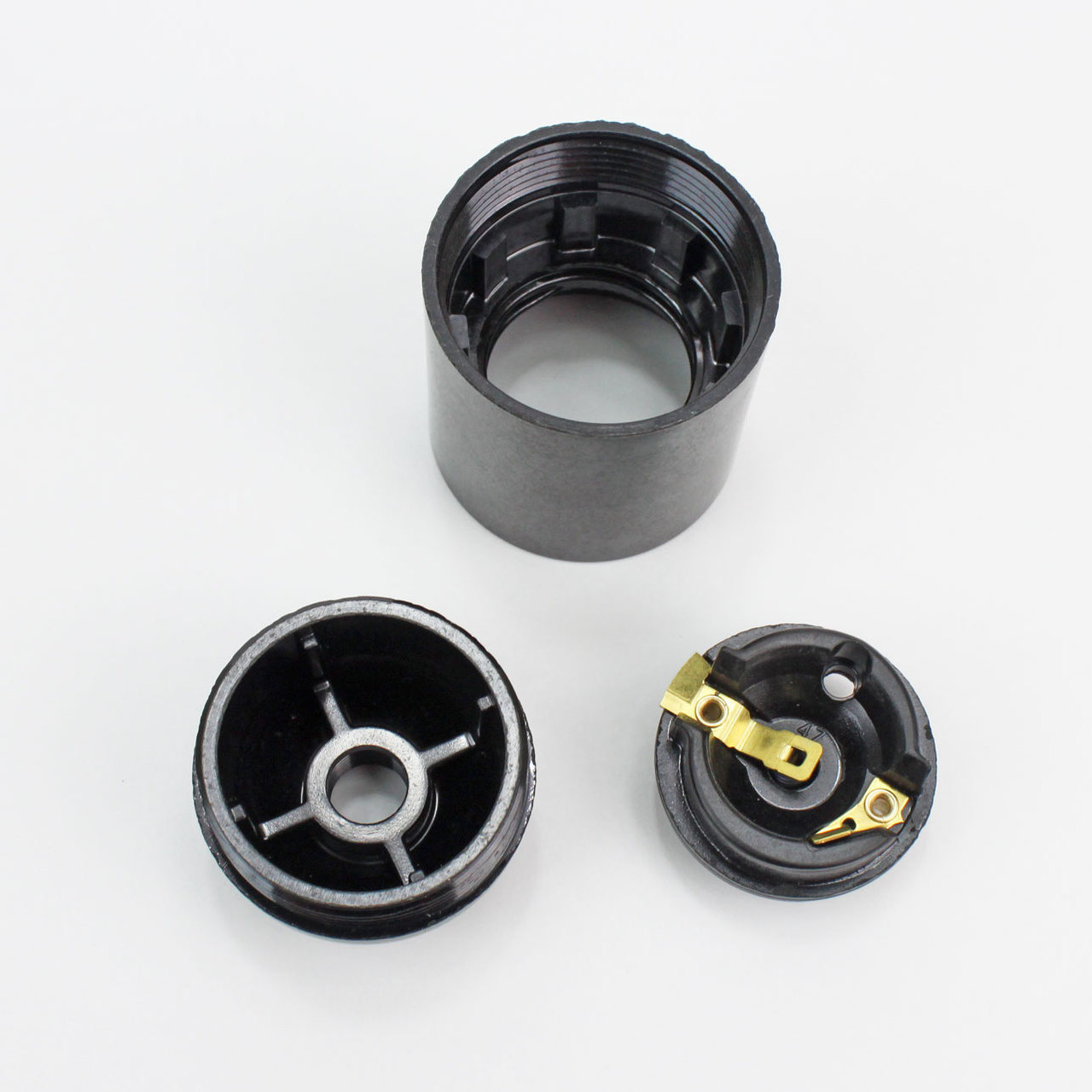

Articles
What Is A E27 Light Socket
Modified: January 8, 2024
Learn everything you need to know about E27 light sockets in our informative articles. Find out the benefits, installation tips, and more.
(Many of the links in this article redirect to a specific reviewed product. Your purchase of these products through affiliate links helps to generate commission for Storables.com, at no extra cost. Learn more)
Introduction
When it comes to lighting fixtures, the E27 light socket is a popular choice in many households and commercial spaces. This type of socket is widely used for various lighting applications, offering versatility and compatibility with a range of bulbs. Whether you’re looking to illuminate your living room, bedroom, or office, understanding the E27 light socket is essential for making informed lighting decisions.
The E27 light socket, also known as an Edison screw socket, is a standard-sized socket used for light bulbs. The “E” in E27 refers to Edison and the number “27” indicates the diameter of the base in millimeters. This type of socket was originally developed by Thomas Edison, the inventor of the incandescent light bulb.
The E27 light socket is designed to provide a secure connection between the bulb and the electrical wiring. It features a threaded metal base that screws into the lighting fixture, ensuring a tight fit and efficient electrical conductivity. This versatile socket is capable of accommodating various types of bulbs, including incandescent, halogen, compact fluorescent lamps (CFLs), and light-emitting diodes (LEDs).
One of the defining features of the E27 light socket is its ease of use. Unlike other types of sockets that require specific adapters or fixtures, the E27 socket can be found in a wide range of lighting fixtures, making bulb replacement a simple and hassle-free process. This popularity and availability also translate into a wide selection of bulb options, giving users the flexibility to choose the right bulb for their lighting needs.
The E27 light socket also offers compatibility with dimmer switches, allowing users to control the intensity of the light. This feature is particularly beneficial for creating ambient lighting or setting the mood in different spaces. By simply adjusting the dimmer switch, you can easily transition from bright, task-oriented lighting to soft, relaxing illumination.
In the next sections, we will delve deeper into the features, common uses, advantages, and disadvantages of the E27 light socket. Additionally, we will provide tips on choosing the right bulb for this type of socket and offer maintenance and safety advice to ensure optimal performance and longevity of your lighting fixtures.
Key Takeaways:
- The E27 light socket, also known as the Edison screw socket, offers versatility, ease of use, and compatibility with various bulb types, making it a popular and convenient choice for both residential and commercial lighting needs.
- When choosing a bulb for the E27 light socket, consider factors such as brightness, color temperature, energy efficiency, and dimmability to ensure the right lighting ambiance and maximize energy savings. Proper maintenance and safety precautions are essential for optimal performance and longevity of the E27 light socket and connected bulbs.
Read more: What Is An E27 Light Bulb
Definition of E27 Light Socket
The E27 light socket is a type of light bulb socket that is commonly used in residential and commercial lighting fixtures. It is named after the inventor, Thomas Edison, who first developed the Edison screw socket system for incandescent light bulbs. The term “E27” refers to the socket’s size and design.
E27 refers to the diameter of the base of the socket, which measures 27 millimeters. The base of the socket has a threaded design that allows it to screw into the light fixture, providing a secure and stable connection between the bulb and the electrical wiring.
The E27 light socket is widely used around the world and is compatible with a variety of bulbs, including incandescent, halogen, CFL, and LED bulbs. The versatility of the E27 socket makes it a popular choice for both residential and commercial lighting applications.
This type of socket is typically made of durable materials such as metal or heat-resistant plastics, ensuring its longevity and resistance to heat generated by the bulb. The construction of the E27 socket also ensures proper electrical conduction and insulation, providing optimal performance and safety.
With the E27 light socket, it is easy to replace the bulb when it burns out or needs to be changed. Simply unscrew the old bulb from the socket and screw in a new one. The compatibility of the E27 socket with a wide range of bulbs allows users to choose the type of bulb that best suits their lighting needs, whether it is energy-efficient LED bulbs or the warm glow of incandescent bulbs.
In summary, the E27 light socket is a standard-sized socket used for light bulbs, named after its inventor, Thomas Edison. It features a threaded base that allows it to screw into a light fixture, providing a secure and stable connection. The E27 socket is compatible with various types of bulbs and is known for its durability and ease of use.
Features of E27 Light Socket
The E27 light socket offers a range of features that make it a versatile and convenient choice for lighting fixtures. Here are some key features to consider:
- Standardized Size: The E27 socket has a standardized size, making it compatible with a wide range of bulbs. This allows for easy bulb replacement and flexibility in choosing the appropriate bulb for your lighting needs.
- Threaded Base: The E27 socket has a threaded metal base that screws into the light fixture, ensuring a secure and stable connection. This design allows for easy installation and helps prevent the bulb from coming loose during use.
- Wide Compatibility: The E27 socket is compatible with various types of bulbs, including incandescent, halogen, CFL, and LED bulbs. This versatility allows users to choose the type of bulb that best suits their preferences and lighting requirements.
- Dimmable Capability: Many E27 sockets are compatible with dimmer switches, allowing users to adjust the brightness of the light. This feature is particularly useful for creating different lighting ambiances or setting the mood in different spaces.
- Durable Construction: E27 sockets are typically made from durable materials such as metal or heat-resistant plastics. This ensures their longevity and ability to withstand the heat generated by the bulbs.
- Easy Bulb Replacement: The E27 socket’s design makes it easy to replace bulbs when necessary. Simply unscrew the old bulb and screw in a new one. This simplicity and convenience save time and effort.
- Wide Availability: The E27 socket is widely available, making it easy to find compatible bulbs and lighting fixtures. This accessibility means you have a broad selection of options to choose from when it comes to lighting your space.
- Energy Efficiency: With the compatibility of the E27 socket with energy-efficient LED bulbs, you can reduce energy consumption and save on electricity bills. LED bulbs offer long-lasting performance and provide significant energy savings compared to traditional incandescent bulbs.
Overall, the E27 light socket offers a standardized size, compatibility with various bulb types, easy installation and replacement, and the ability to create different lighting effects. These features make the E27 socket a popular and convenient choice for both residential and commercial lighting needs.
Common Uses of E27 Light Socket
The E27 light socket is widely used in a variety of applications, both in residential and commercial settings. Here are some common uses of the E27 light socket:
- General Room Lighting: The E27 light socket is commonly used for general lighting in living rooms, bedrooms, and other areas of the house. It provides ample illumination to brighten up the room and create a comfortable ambiance.
- Task Lighting: E27 sockets are also frequently used for task lighting purposes, such as reading lights, desk lamps, and kitchen island lighting. The versatility of the E27 socket allows for the use of different bulb types, providing the right amount of focused light for specific tasks.
- Ambient Lighting: With the option to use dimmable bulbs, the E27 socket is ideal for creating ambient lighting. This soft and diffused light is perfect for creating a cozy atmosphere in living rooms, dining areas, and bedrooms.
- Outdoor Lighting: Outdoor lighting fixtures, such as garden lights and porch lights, often utilize E27 light sockets. These fixtures can provide both functional illumination and enhance the visual appeal of outdoor spaces.
- Retail and Commercial Lighting: E27 light sockets are commonly found in retail stores, restaurants, and cafes. These sockets allow for the use of different bulb types to create the desired lighting effect, whether it is warm and inviting or bright and vibrant.
- Decorative Lighting: The E27 socket is frequently used in decorative lighting fixtures, such as pendant lights and chandeliers. The versatility of the socket allows for the use of various bulb shapes and sizes, adding visual interest and enhancing the overall aesthetics of the space.
- Art and Display Lighting: E27 light sockets can be found in galleries, museums, and exhibition spaces. These sockets provide the flexibility to use different bulb types, allowing for the appropriate lighting to showcase artwork or display items.
- Industrial Lighting: In industrial settings, E27 light sockets are commonly used in warehouses, factories, and workshops. These sockets are compatible with a range of lighting options, providing sufficient illumination for safety and productivity.
The versatility and compatibility of the E27 light socket make it a popular choice for various lighting applications. Whether you need general room lighting, task lighting, ambient lighting, or specific lighting for commercial or industrial spaces, the E27 socket offers the flexibility and convenience to meet your needs.
When choosing a light bulb for an E27 socket, make sure to check the maximum wattage allowed for the fixture. Using a bulb with a higher wattage can cause overheating and potentially damage the socket.
Advantages and Disadvantages of E27 Light Socket
The E27 light socket offers several advantages that make it a popular choice in the lighting industry. However, it also has its limitations. Here are the advantages and disadvantages of the E27 light socket:
- Advantages:
- Compatibility: The E27 socket is compatible with a wide range of bulb types, including incandescent, halogen, CFL, and LED bulbs. This allows for flexibility in choosing the bulb that best suits your lighting needs.
- Availability: E27 sockets are widely available in the market, making it easy to find compatible bulbs and lighting fixtures. This accessibility allows for a broader selection of options when it comes to lighting your space.
- Easy Installation: The threaded base of the E27 socket allows for easy installation and replacement of bulbs. Simply screw in the bulb to secure it in place, providing a stable and secure connection.
- Dimmable Capability: Many E27 sockets are compatible with dimmer switches, allowing you to control and adjust the brightness of the light. This feature enables you to create different lighting ambiances and set the mood in different spaces.
- Versatility: The E27 socket is versatile and suitable for various lighting applications, including general room lighting, task lighting, and decorative lighting. It can be used in both residential and commercial settings.
- Disadvantages:
- Heat Dissipation: The E27 socket, like other screw-in sockets, may have limitations in heat dissipation due to the compact design. This can affect the overall lifespan of the bulb and may require additional measures to ensure proper cooling.
- Bulb Size Limitation: The physical size and shape of the bulb may be limited by the size constraints of the E27 socket. Bulbs with larger dimensions or specialized shapes may not fit into the socket, limiting the range of bulb options available.
- Energy Efficiency: While the E27 socket is compatible with energy-efficient LED bulbs, traditional incandescent bulbs are also commonly used. Incandescent bulbs consume more energy and have a shorter lifespan compared to LED bulbs, resulting in higher energy costs and more frequent bulb replacements.
- Safety Concerns: As with any electrical component, there is a risk of electrical shock if proper safety precautions are not followed during installation or maintenance. It is important to ensure that the power supply is turned off before handling the E27 socket or changing bulbs.
Despite its limitations, the E27 light socket remains a popular choice for many lighting applications due to its compatibility, availability, ease of installation, dimmable capability, and versatility. By considering the advantages and disadvantages of the E27 socket, you can make informed decisions when choosing lighting solutions for your space.
Read also: 15 Best E27 Light Socket for 2024
Choosing the Right Bulb for E27 Light Socket
When it comes to selecting the right bulb for your E27 light socket, there are several factors to consider. The choice of bulb can greatly impact the brightness, color temperature, energy efficiency, and overall ambiance of the lighting in your space. Here are some key considerations when choosing the right bulb:
- Brightness: Determine the desired level of brightness for the intended lighting application. Bulb brightness is measured in lumens, and the higher the lumen output, the brighter the light. Consider the specific needs of the space, such as task lighting requiring higher brightness levels or ambient lighting that benefits from softer illumination.
- Color Temperature: Consider the desired color temperature of the lighting. Color temperature is measured in Kelvin (K) and determines the warmth or coolness of the light. Lower Kelvin values (2700K-3000K) produce warm white or soft white light, while higher Kelvin values (4000K-6500K) create cool white or daylight-like light. Choose a color temperature that complements the atmosphere and purpose of the space.
- Energy Efficiency: Opt for energy-efficient bulbs to reduce energy consumption and save on electricity costs. LED bulbs are known for their energy efficiency and long lifespan compared to traditional incandescent bulbs. Look for bulbs with the ENERGY STAR label or high energy efficiency ratings.
- Bulb Type: Consider the specific requirements of your lighting fixture and application. E27 sockets are compatible with various bulb types, including incandescent, halogen, CFL, and LED bulbs. Each bulb type has its own advantages and disadvantages in terms of brightness, color rendition, energy efficiency, and lifespan. Evaluate your priorities and choose the appropriate bulb type to meet your needs.
- Dimmability: If you plan to use dimmer switches to control the brightness of the light, ensure that the selected bulb is dimmable. Not all bulbs are designed to work with dimmer switches, so check the packaging or specifications of the bulb to confirm its compatibility.
- Special Features: Consider any additional features or requirements you may have for your lighting. This can include specific bulb shapes or sizes to fit decorative fixtures, specialized lighting needs for artwork or display purposes, or bulbs with a specific CRI (Color Rendering Index) for accurate color representation.
By considering these factors when choosing the right bulb for your E27 light socket, you can ensure that you select a bulb that meets your lighting needs, provides the desired brightness and color temperature, and maximizes energy efficiency. It is always recommended to refer to the manufacturer’s guidelines and specifications for both the E27 socket and the bulb to ensure proper compatibility and safe operation.
Maintenance and Safety Tips for E27 Light Socket
To ensure the optimal performance and safety of your E27 light socket and the connected bulbs, it is important to follow proper maintenance and safety guidelines. Here are some maintenance and safety tips to keep in mind:
- Power Off: Before performing any maintenance or replacing bulbs, always make sure that the power supply to the lighting fixture is turned off. This will help prevent any risk of electrical shock or injury.
- Regular Cleaning: Regularly clean the E27 socket and the surrounding area to remove any dust, debris, or residue that may accumulate over time. Use a soft, dry cloth or a small brush to gently clean the socket, taking care not to damage the electrical contacts or the threads.
- Check for Damage: Inspect the E27 socket for any signs of damage, such as cracks, breaks, or loose connections. If you notice any damage, discontinue use and replace the socket immediately to prevent electrical hazards.
- Proper Bulb Installation: When installing or replacing bulbs, ensure that they are properly seated in the E27 socket. Screw the bulb in gently but firmly, making sure it is securely fastened. Avoid overtightening, as this can cause damage to the bulb or the socket.
- Compatible Bulbs: Use bulbs that are specifically designed for the E27 socket and are within the recommended wattage range. Using bulbs with higher wattage than recommended can cause overheating, potentially damaging the socket or the fixture.
- Avoid Overloading: Do not overload the lighting fixture or the E27 socket by connecting multiple bulbs or bulbs with excessive wattage. Ensure that the total wattage of the connected bulbs does not exceed the recommended limit for the fixture.
- Heat Dissipation: Since the E27 socket can generate heat during use, provide adequate ventilation around the lighting fixture to allow for proper heat dissipation. This can help prevent overheating and prolong the lifespan of the bulbs.
- Monitor Bulb Lifespan: Keep track of the lifespan of the bulbs and replace them as needed. Over time, bulbs may become less efficient or may burn out completely, affecting the overall performance of the lighting fixture.
- Consult Manufacturer’s Guidelines: Always refer to the manufacturer’s guidelines and instructions for proper installation, maintenance, and safety precautions specific to your lighting fixture and the E27 socket.
Following these maintenance and safety tips will help ensure the longevity and safe operation of your E27 light socket and connected bulbs. By properly maintaining and handling the socket, you can enjoy reliable and efficient lighting for years to come.
Conclusion
The E27 light socket is a versatile and widely used choice for lighting fixtures in both residential and commercial spaces. Its standardized size, compatibility with various bulb types, and ease of installation make it a convenient option for users. Whether you’re looking for general room lighting, task lighting, or decorative lighting, the E27 socket offers flexibility and adaptability to meet your lighting needs.
With the E27 socket, you have the freedom to choose from a wide range of bulbs, including incandescent, halogen, CFL, and LED bulbs. Consider factors such as brightness, color temperature, energy efficiency, dimmability, and special features to select the right bulb for your specific requirements.
While the E27 light socket offers numerous advantages, such as compatibility, availability, and versatility, there are a few limitations to keep in mind. Heat dissipation, bulb size limitations, energy efficiency, and safety concerns should be taken into account when using the E27 socket.
Maintaining your E27 light socket is crucial for optimal performance and safety. Follow proper maintenance practices, such as regular cleaning, checking for damage, and ensuring proper bulb installation. Additionally, adhere to safety precautions, such as turning off the power supply before any maintenance or bulb replacement, and avoiding overloading the socket or fixture.
In conclusion, the E27 light socket is a reliable and popular choice for lighting fixtures, offering versatility, compatibility, and ease of use. By understanding its features, common uses, advantages, disadvantages, and proper maintenance and safety practices, you can make informed decisions and ensure the longevity and safety of your lighting fixtures.
Frequently Asked Questions about What Is A E27 Light Socket
Was this page helpful?
At Storables.com, we guarantee accurate and reliable information. Our content, validated by Expert Board Contributors, is crafted following stringent Editorial Policies. We're committed to providing you with well-researched, expert-backed insights for all your informational needs.
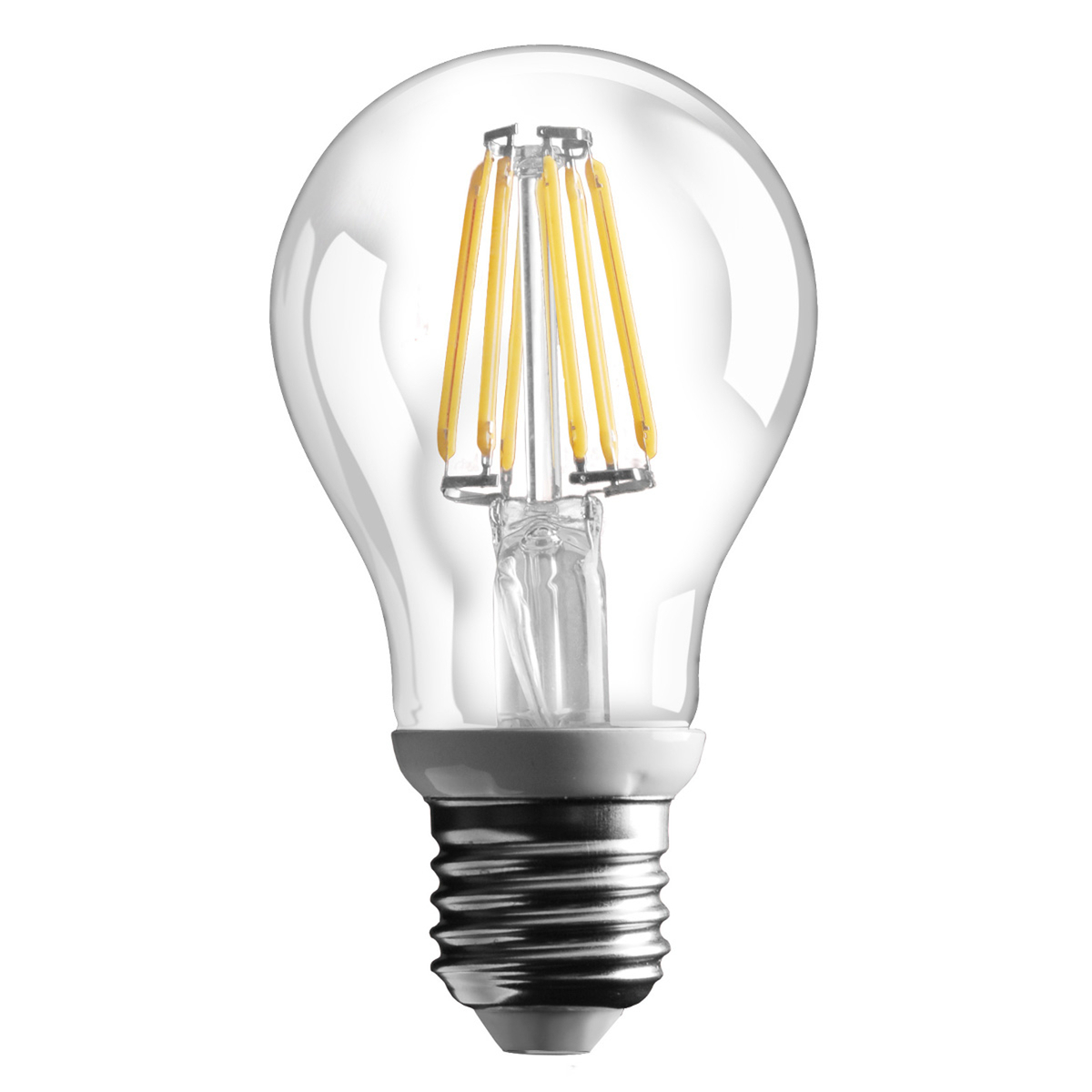
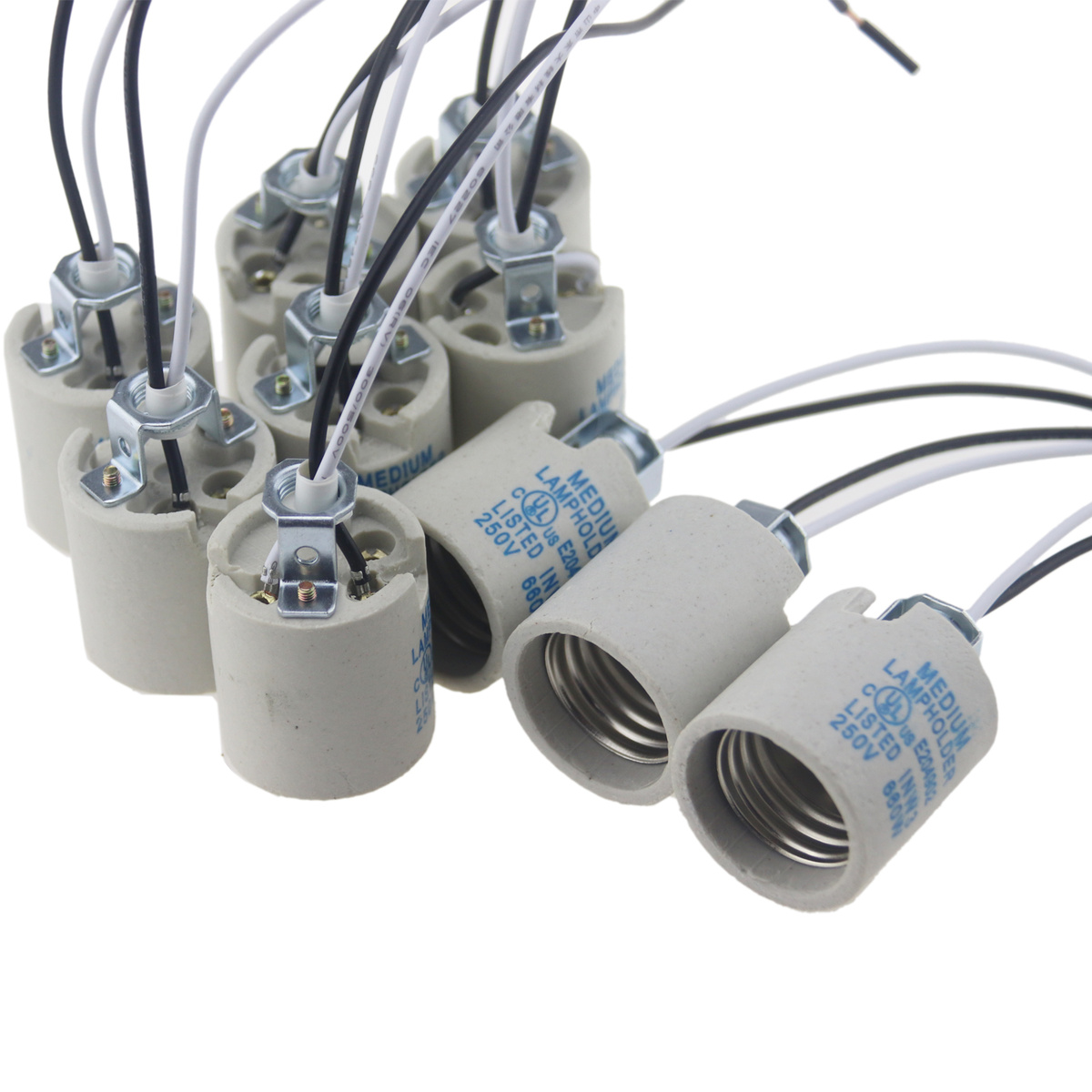
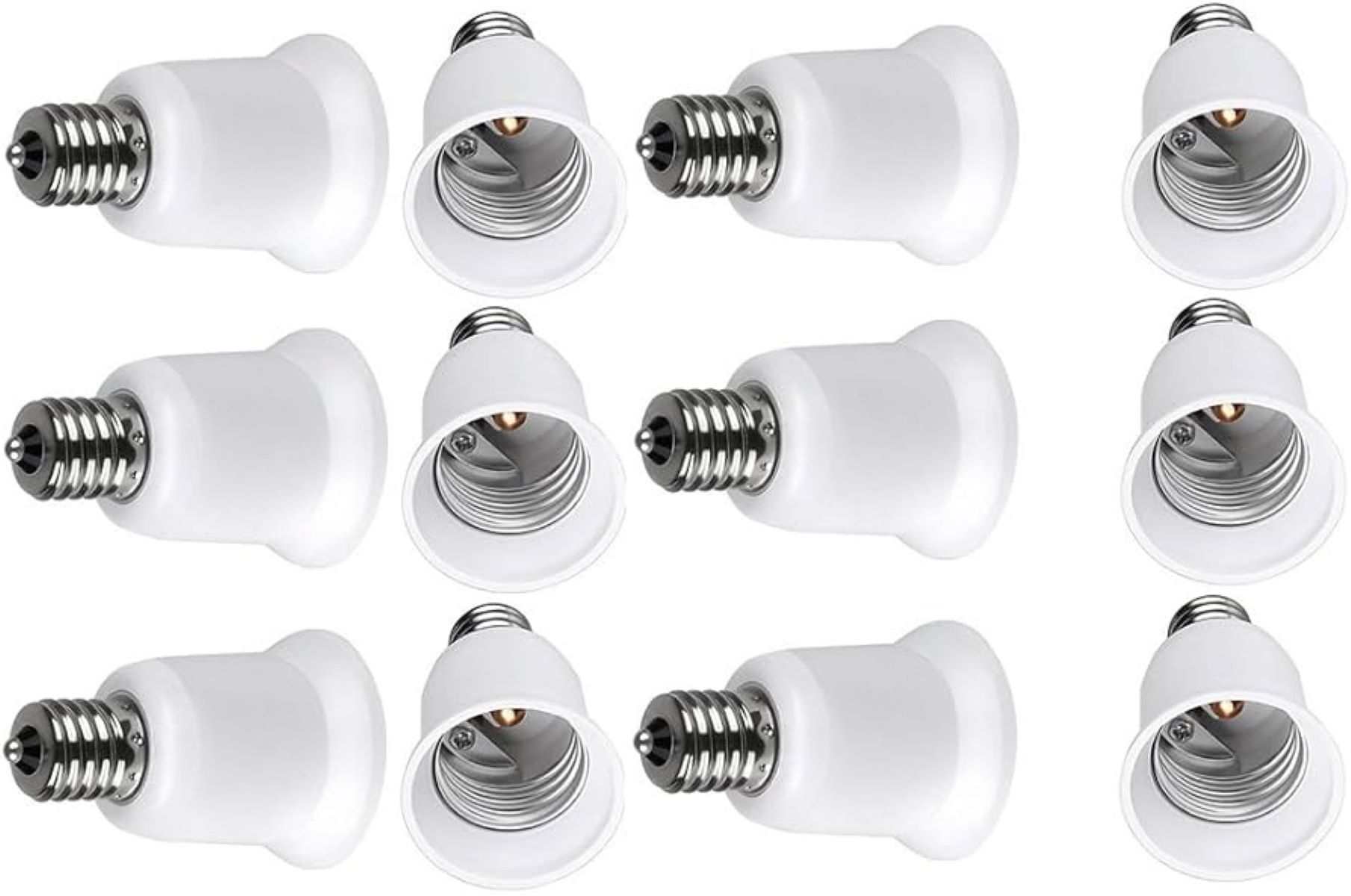
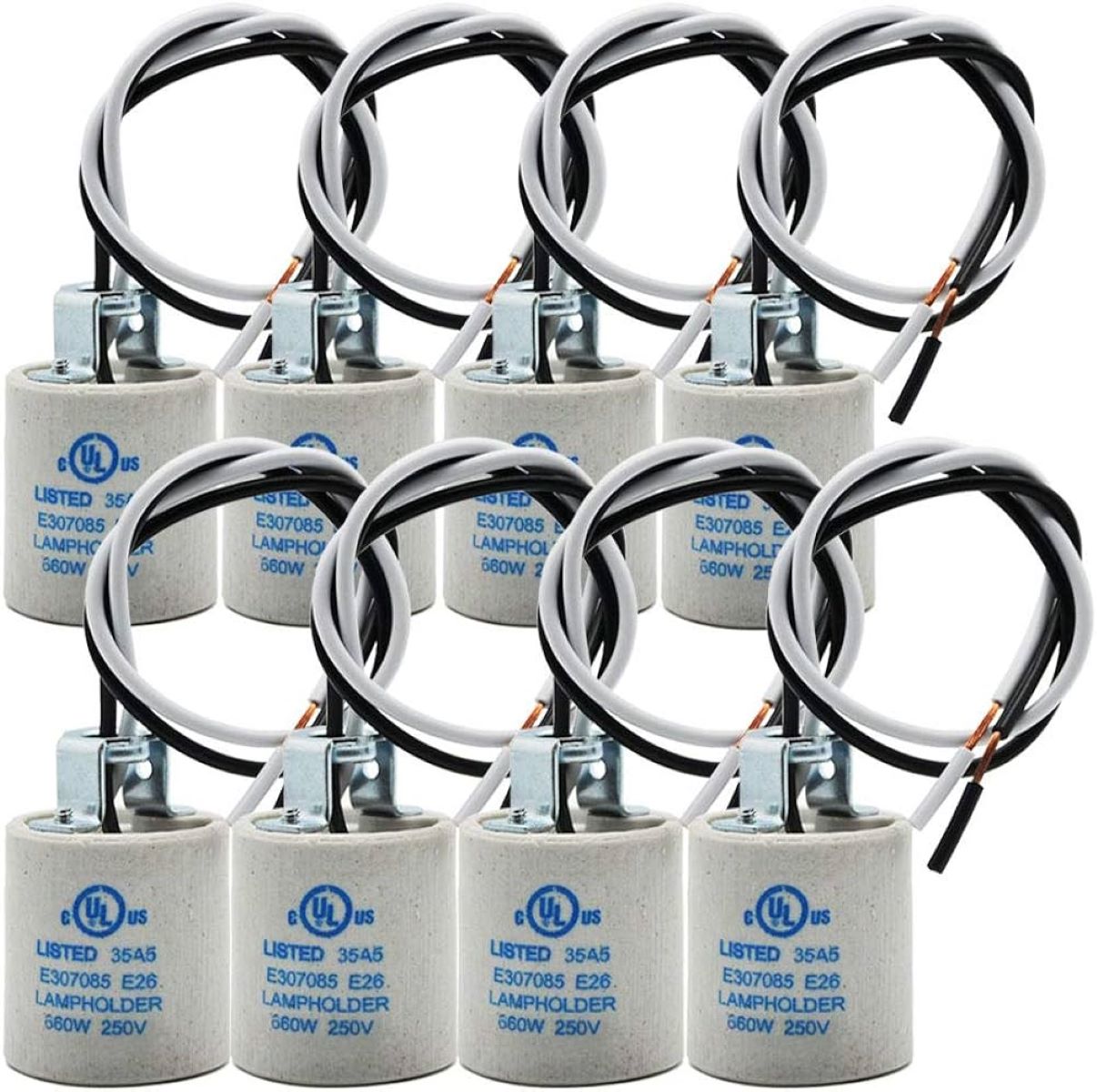
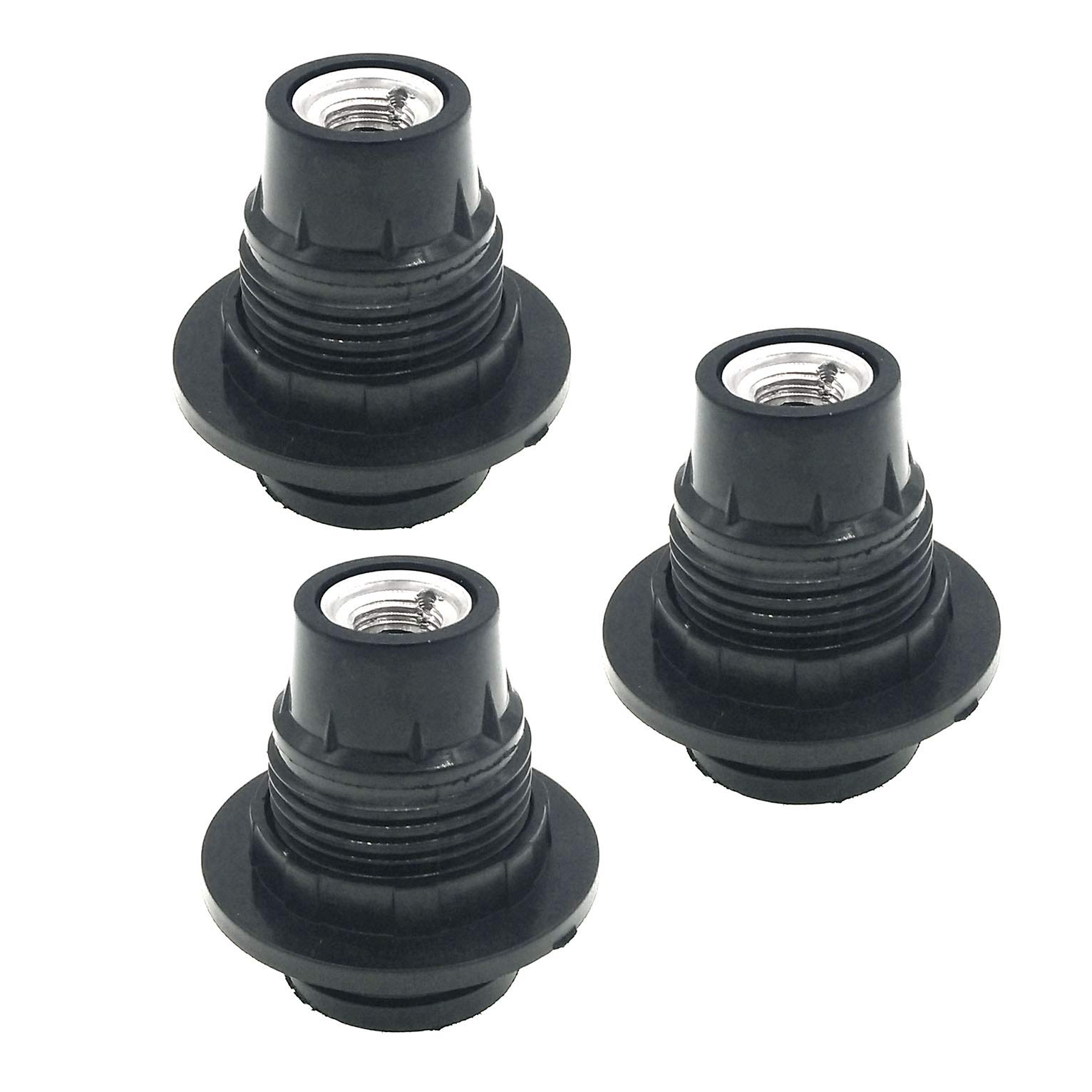
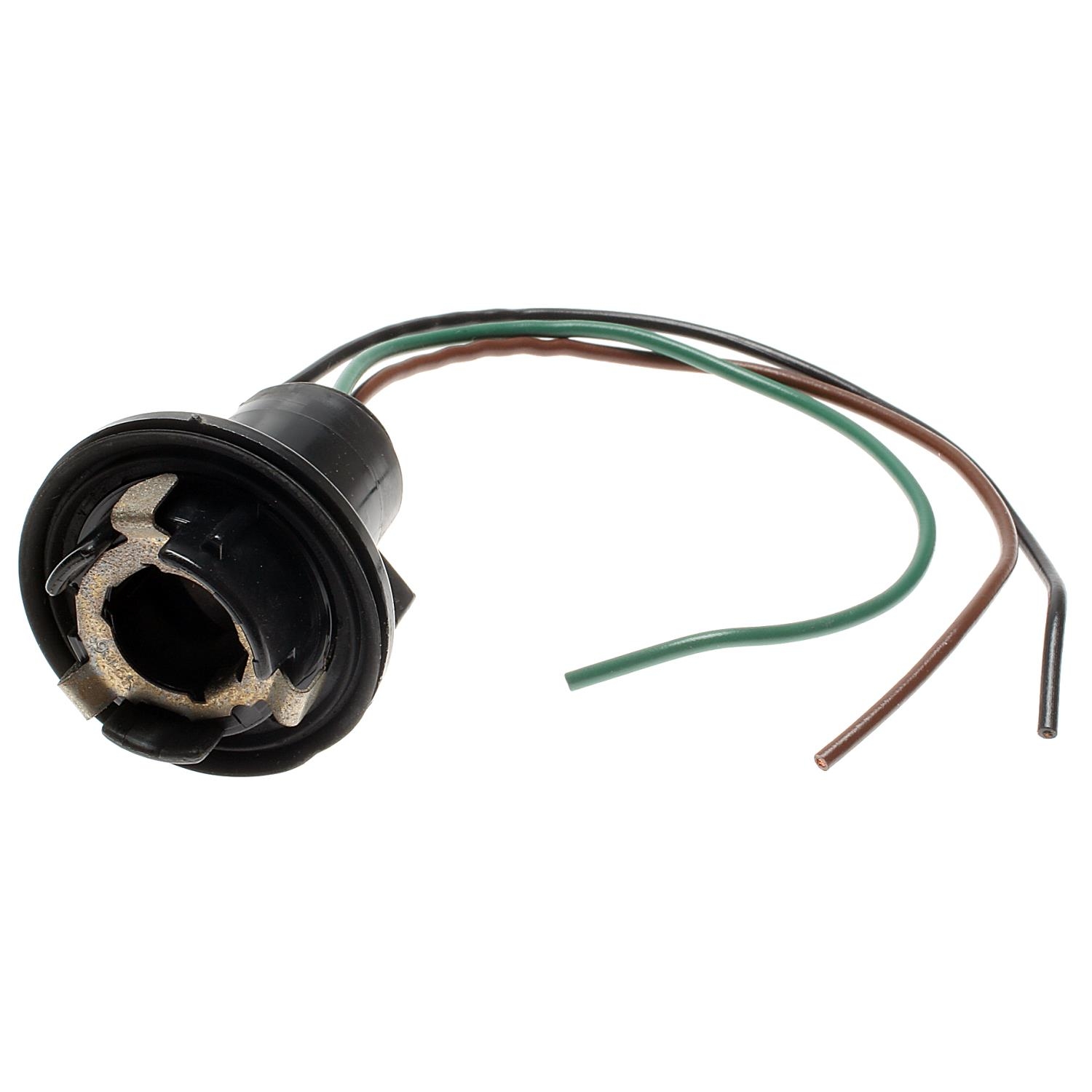
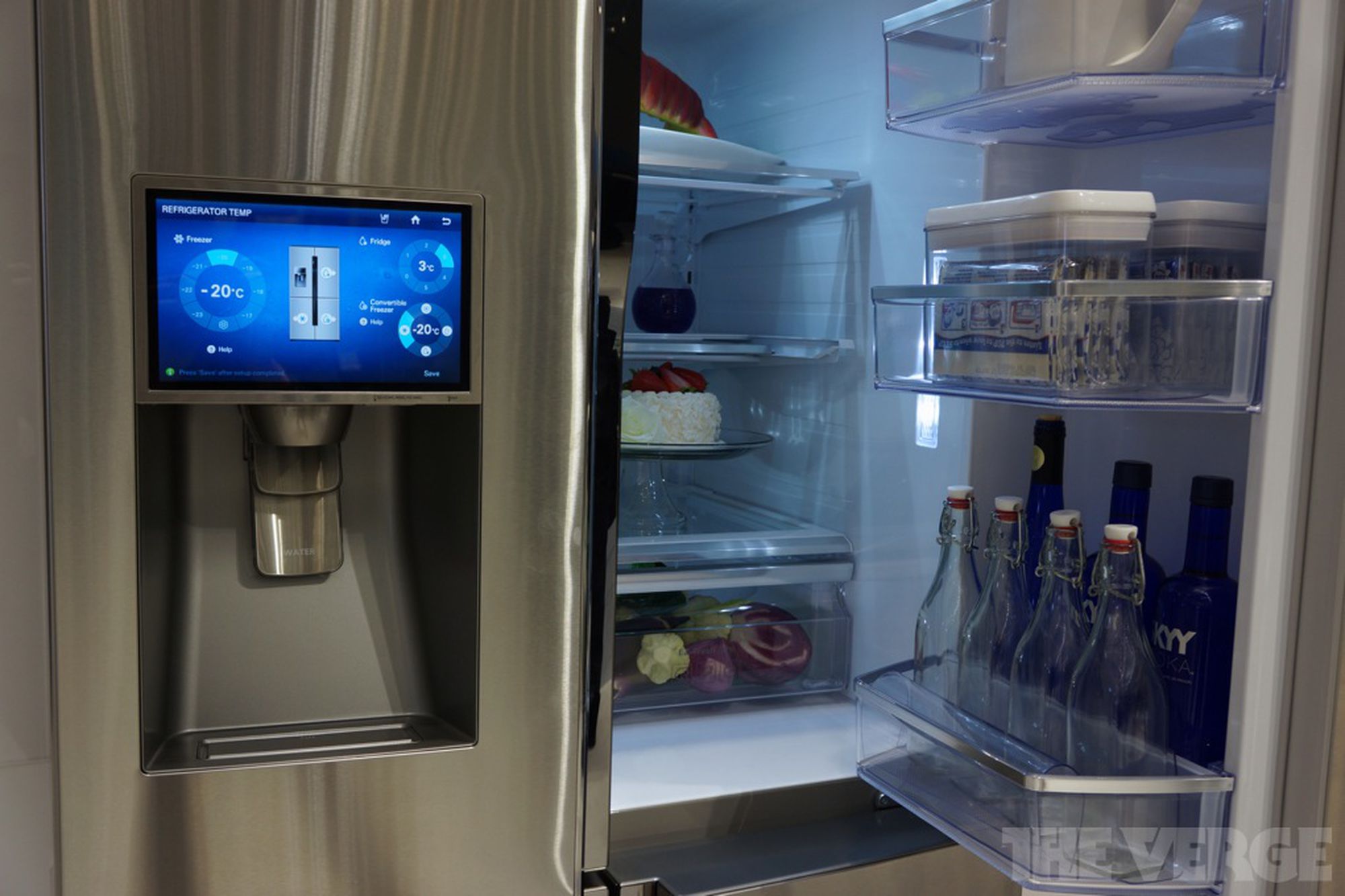
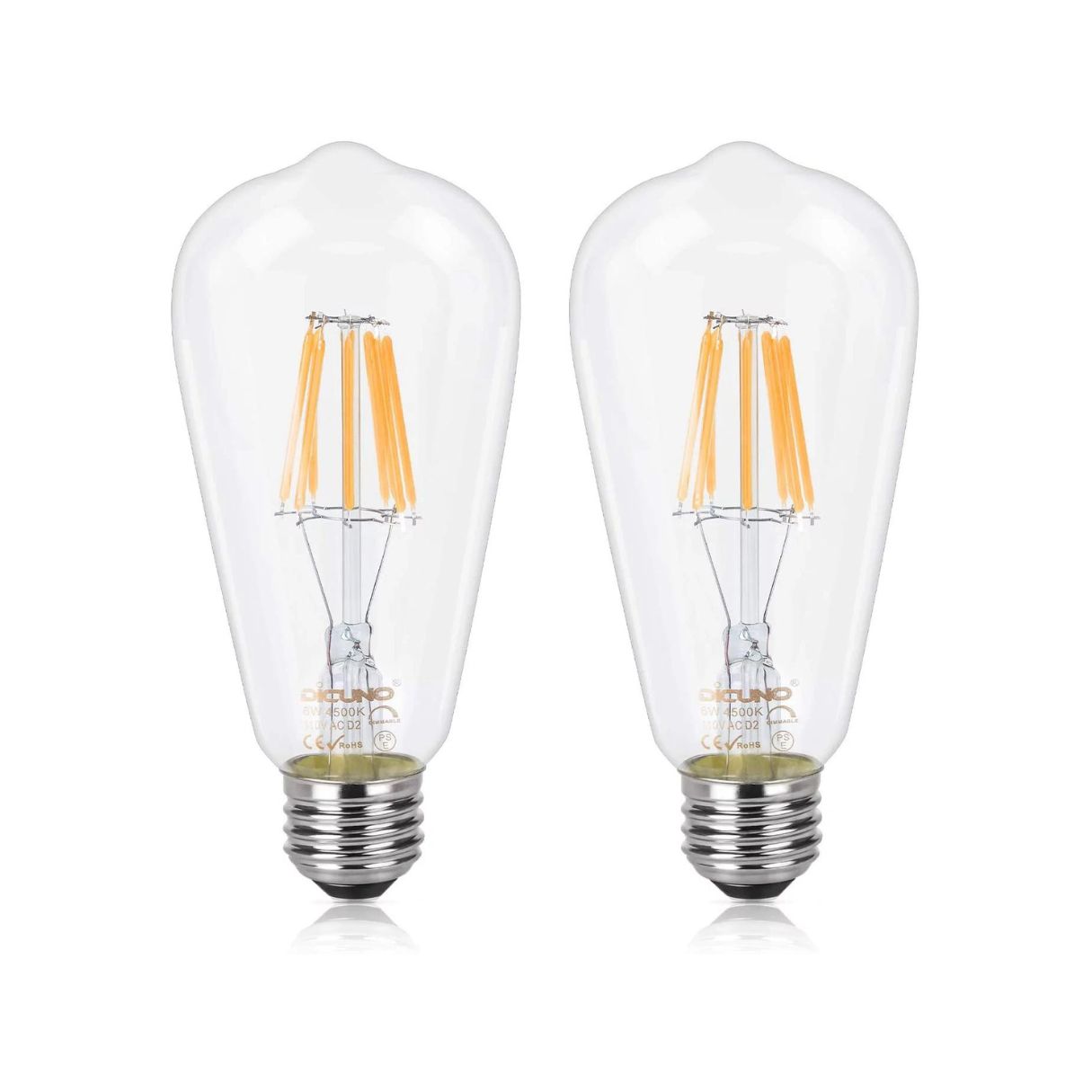
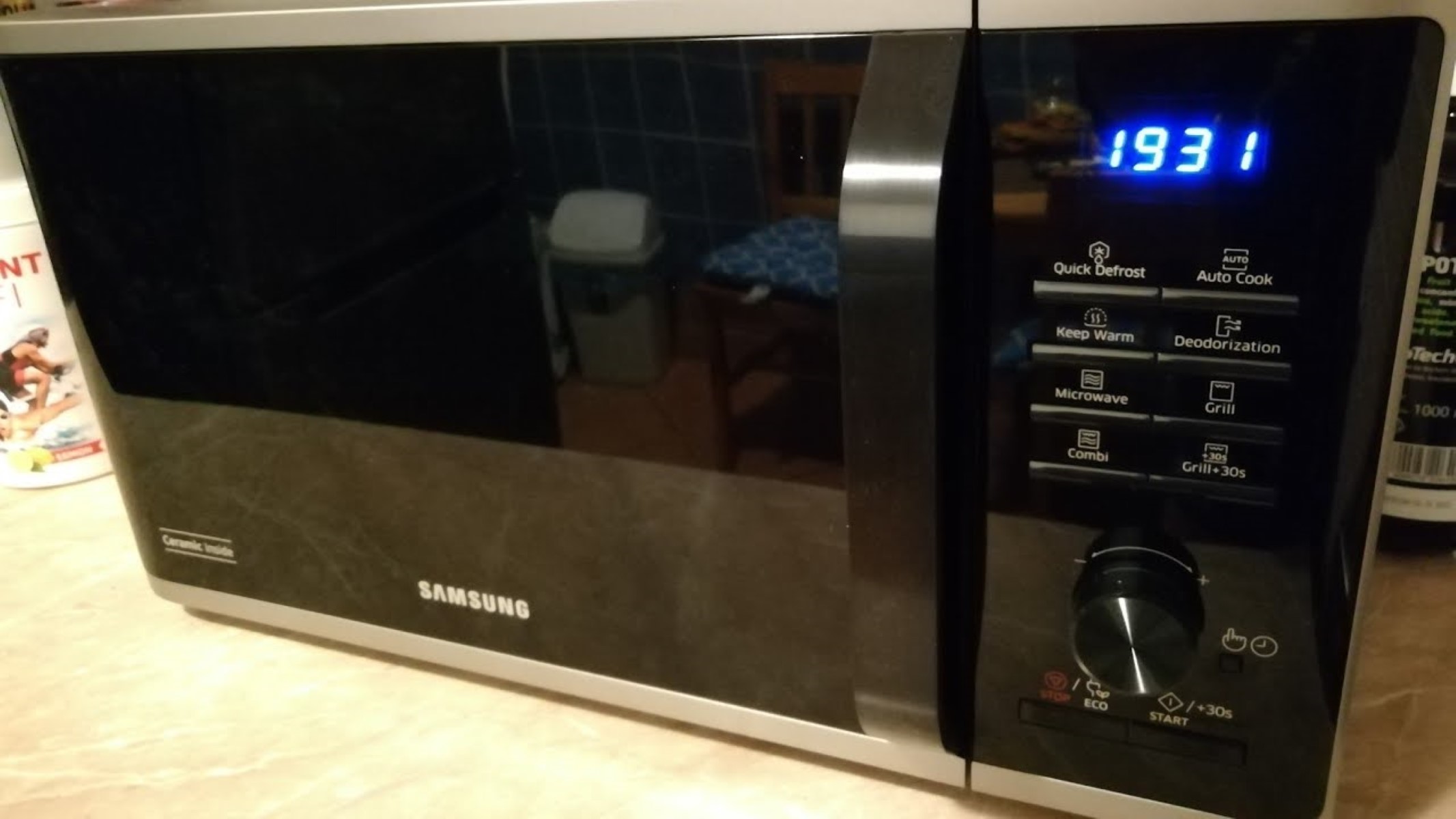
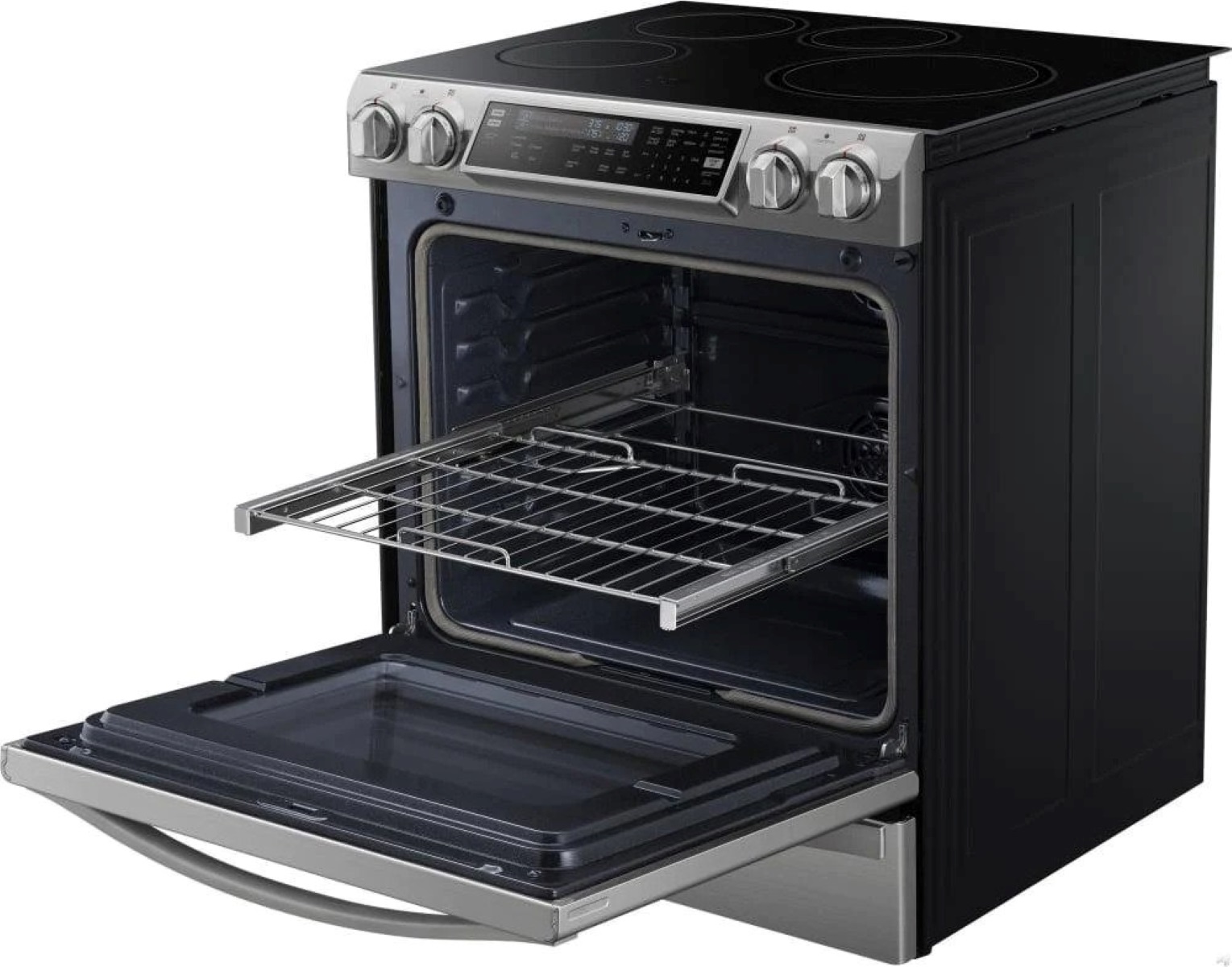
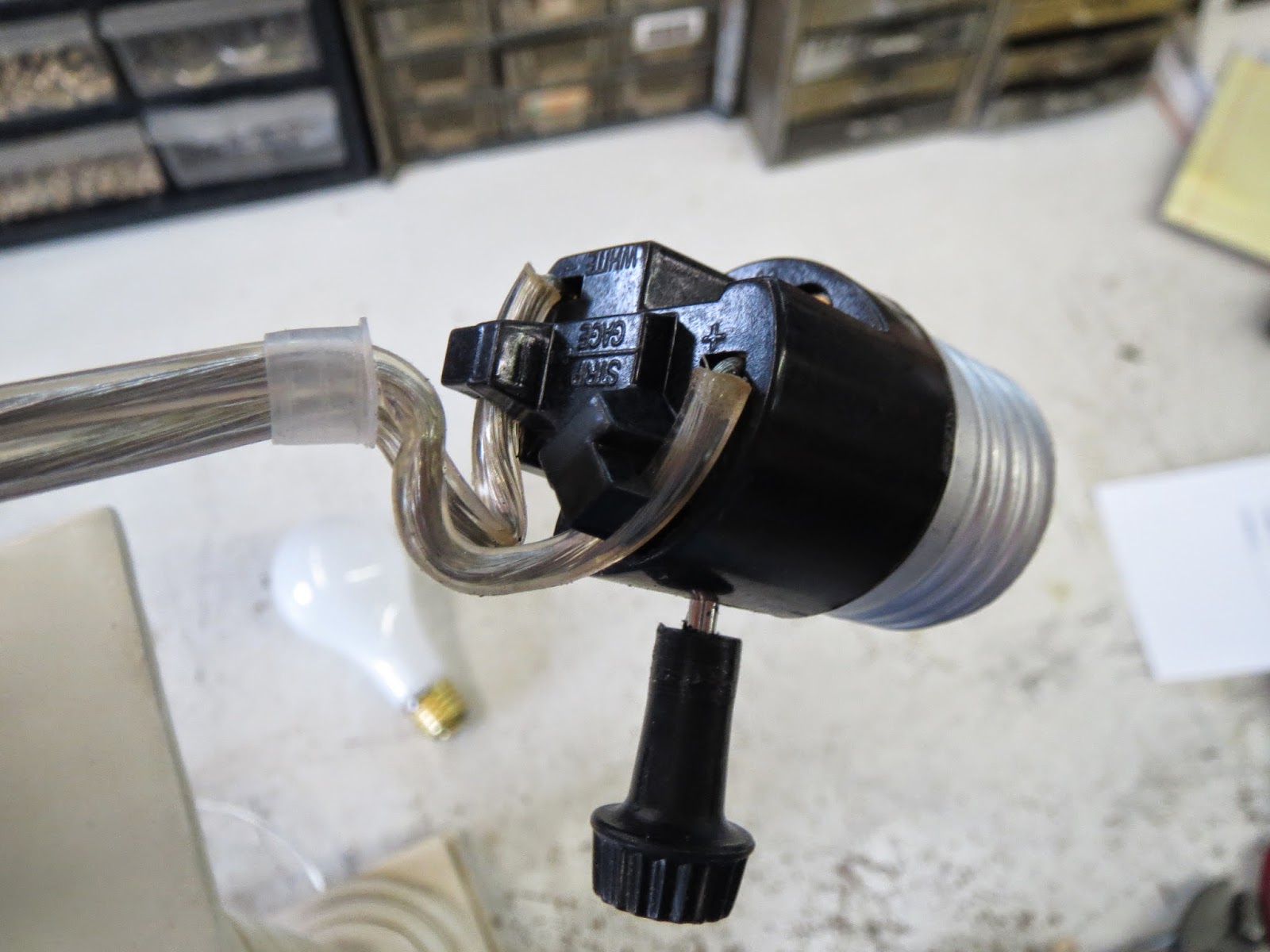
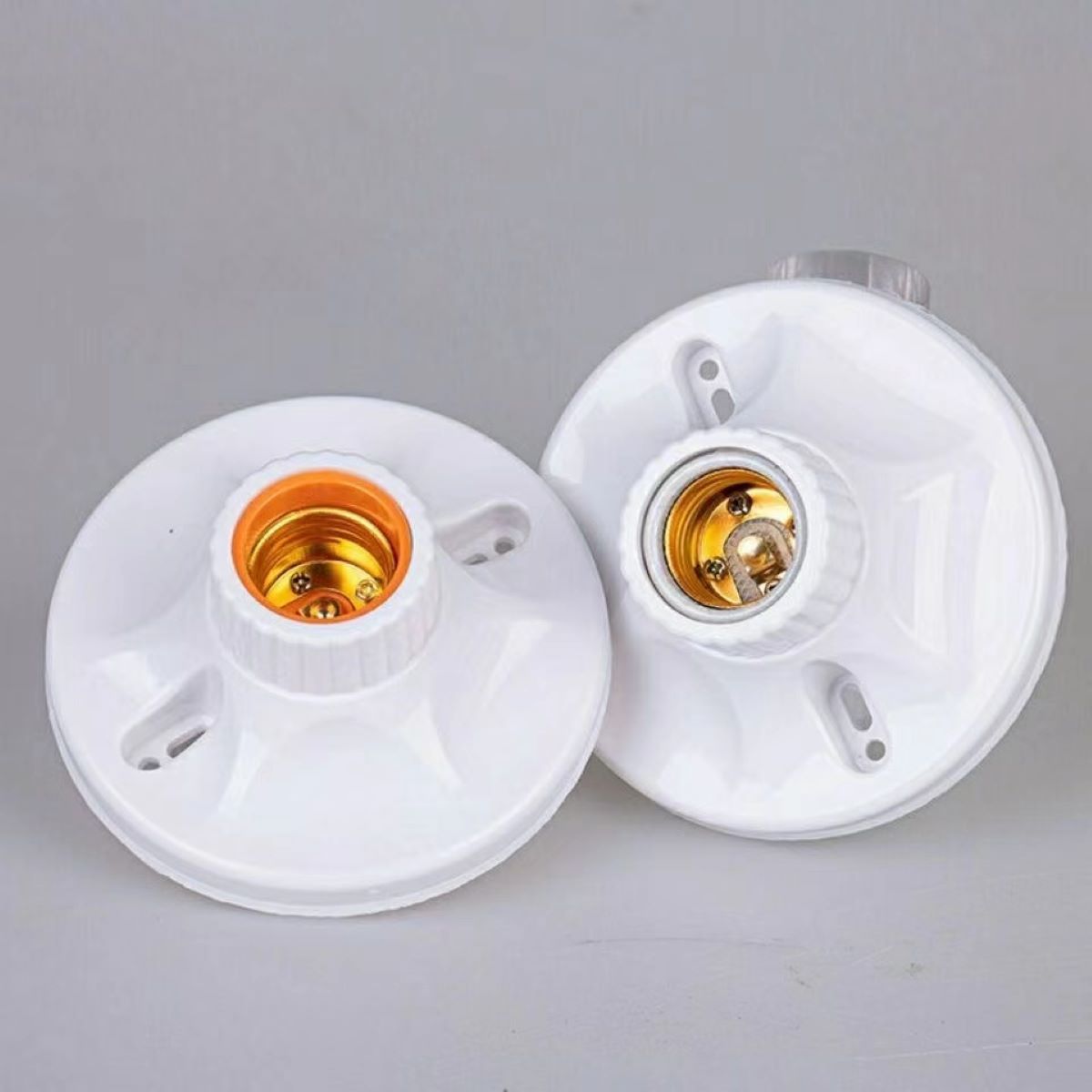
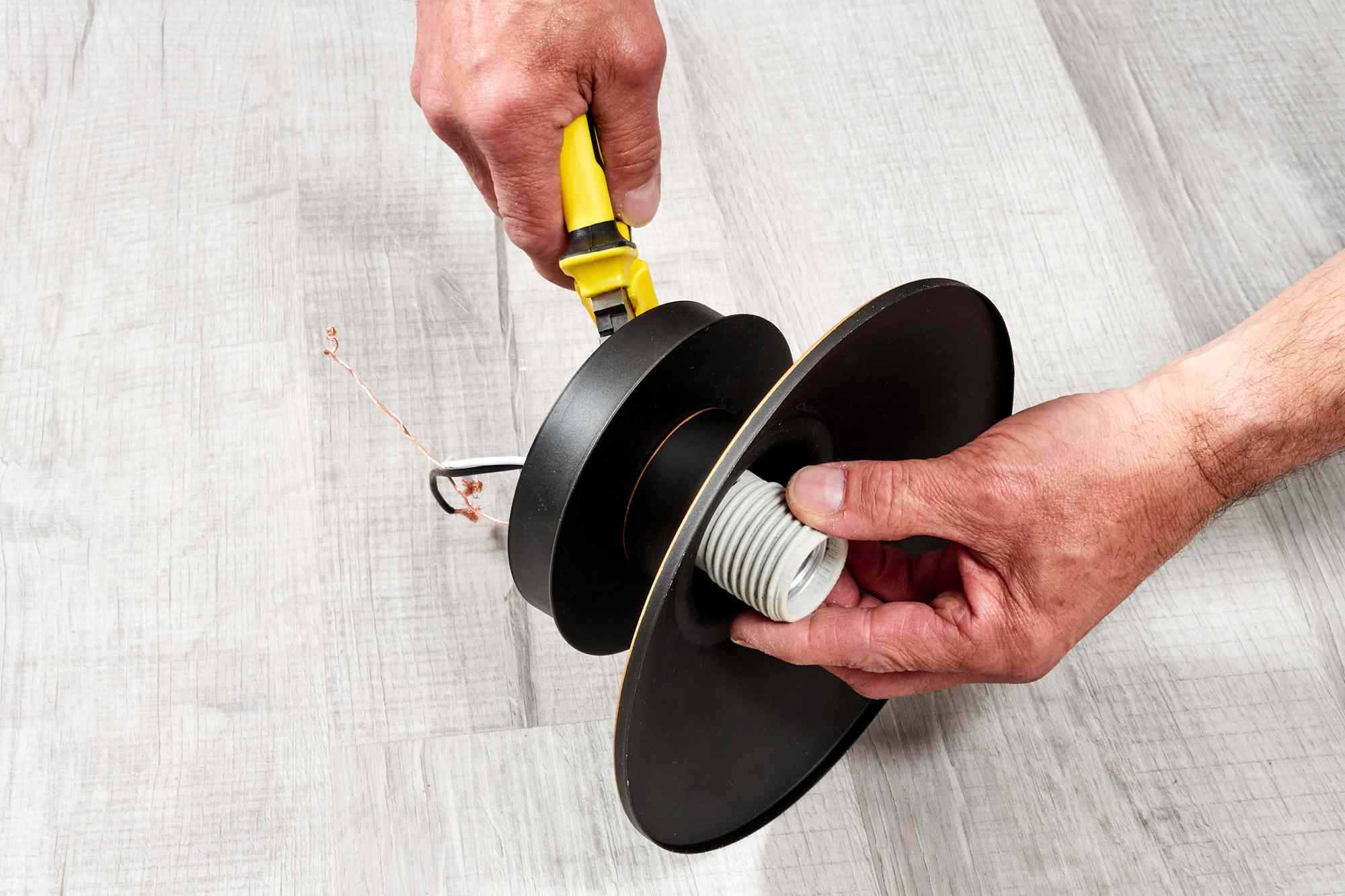
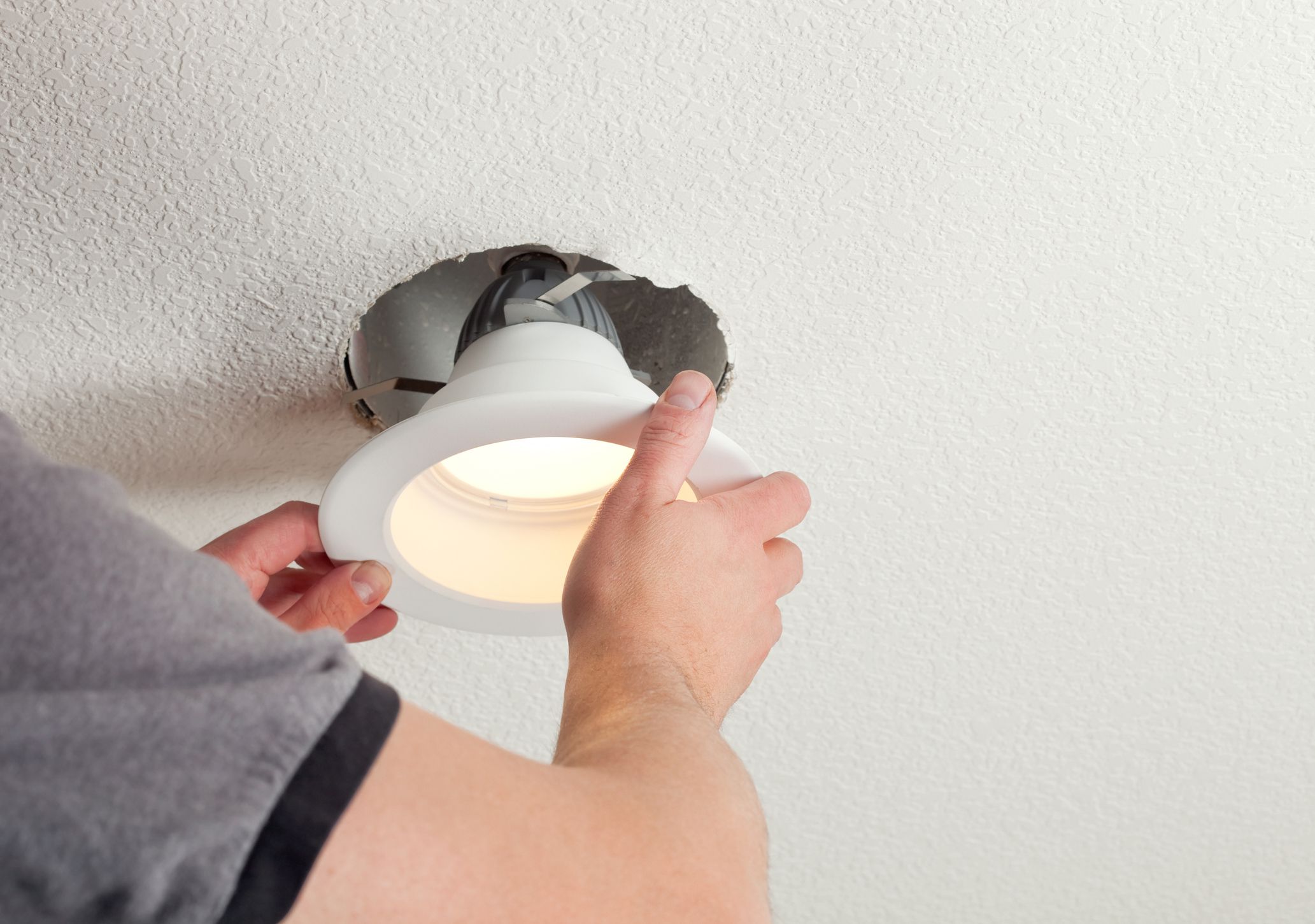

0 thoughts on “What Is A E27 Light Socket”